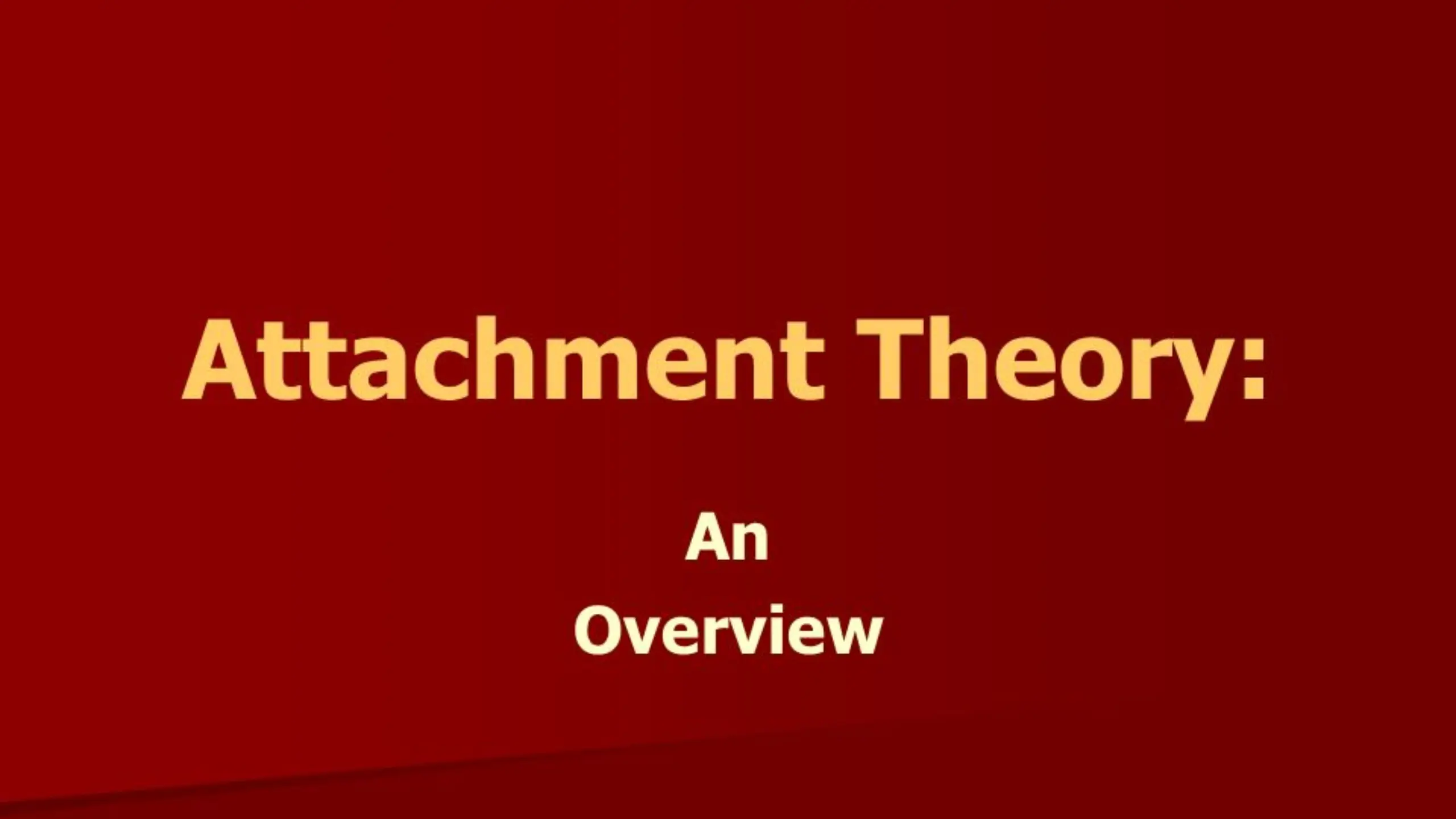A psychological theory called attachment theory explains how people develop emotional connections with other people. It was developed by John Bowlby, a British psychoanalyst, who observed that children who were separated from their caregivers showed signs of anxiety and distress. He proposed that children have an innate need to attach to a primary caregiver, usually the mother, for their survival and development.
The Stages of Attachment
According to Bowlby, attachment develops through four stages:
- Pre-attachment stage (birth to 6 weeks): In this stage, infants show no preference for any specific caregiver. They use innate signals, such as crying and smiling, to attract attention and comfort from anyone who is nearby.
- Attachment-in-the-making stage (6 weeks to 6-8 months): In this stage, infants begin to recognize and respond differently to familiar and unfamiliar people. They show more interest and trust in their primary caregiver, but they do not protest when separated from them.
- Clear-cut attachment stage (6-8 months to 18-24 months): In this stage, infants develop a strong attachment to their primary caregiver and seek proximity and contact with them. They show separation anxiety when the caregiver leaves and stranger anxiety when approached by unfamiliar people.
- Formation of reciprocal relationships stage (18-24 months and beyond): In this stage, toddlers start to understand that their caregiver has their own needs and goals and that they can influence their availability. They use language and negotiation to maintain contact and reduce separation anxiety.
The Types of Attachments
Children’s attachment styles depend on their bond with caregivers. Mary Ainsworth used the Strange Situation to test how infants act when separated and reunited with caregivers. Based on her observations, she identified four main types of attachment:
- Secure attachment: Children who have a secure attachment feel confident that their caregiver will be available and responsive when they need them. They explore the environment using the caregiver as a secure base and return to them as a safe haven when they are distressed. They are able to cope with separation and strangers and show positive emotions when reunited with their caregiver.
- Anxious-ambivalent attachment: Children who have an anxious-ambivalent attachment are unsure about their caregiver’s availability and responsiveness. They are overly dependent on the caregiver and seek constant attention and reassurance from them. They are unable to explore the environment and show extreme distress when separated from their caregiver. They also show mixed emotions when reunited with their caregiver, such as clinging and anger.
- Anxious-avoidant attachment: Children who have an anxious-avoidant attachment have learned that their caregiver is unavailable or unresponsive when they need them. They are independent and self-reliant, and do not seek or accept comfort from the caregiver. They are indifferent to separation and strangers, and show little or no emotion when reunited with their caregiver.
- Disorganized attachment: Children who have a disorganized attachment have experienced inconsistent or abusive care from their caregiver. They are confused and fearful about their relationship with the caregiver and do not have a coherent strategy to cope with stress. They may show contradictory or disoriented behaviors, such as freezing, rocking, or approaching and avoiding the caregiver.
The Implications of Attachment
Attachment theory has been applied to various domains of human life, such as close relationships, parenting, love, divorce, grief, trauma, and mental health. Some of the main implications are:
- Attachment styles in childhood tend to persist into adulthood unless there is a significant change in the quality of relationships or therapeutic intervention.
- Attachment styles in adulthood affect how people relate to their romantic partners, friends, children, and themselves. For example, securely attached adults tend to have more satisfying and stable relationships than insecurely attached adults.
- Attachment styles can be transmitted across generations, as parents tend to reproduce the same patterns of care that they received or learned from their own caregivers.
- Attachment styles can influence how people cope with loss, stress, and trauma. For example, securely attached people tend to seek support from others and use adaptive coping strategies more than insecurely attached people.
Conclusion
Attachment theory is a comprehensive theory that provides a framework for understanding human relationships. It highlights the importance of early experiences with caregivers for shaping personality development and emotional well-being. It also offers insights into how people can improve their relationships and overcome challenges in life.


